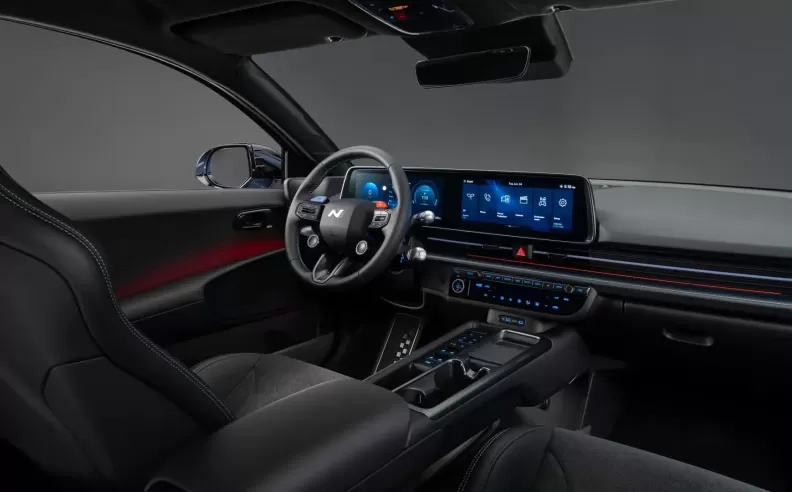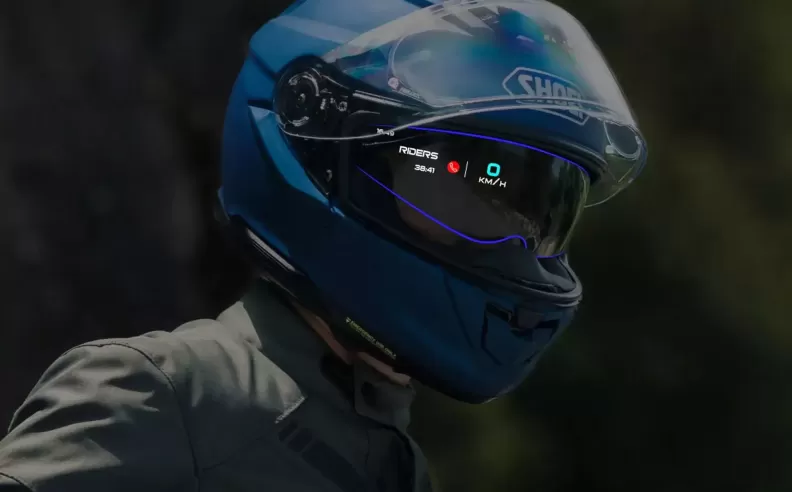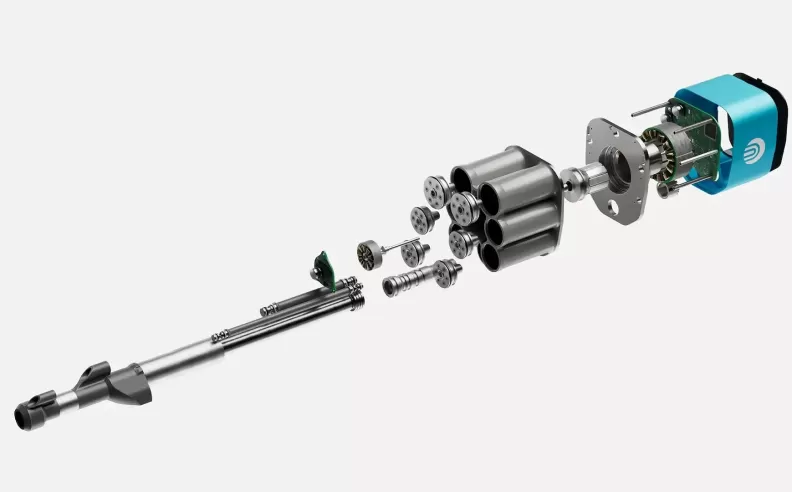
In the world of high-performance automobiles, suspension systems are undergoing a quiet revolution. At the center of this transformation is British engineering firm Domin, which has unveiled a fully active, electrohydraulic by-wire suspension system that promises to outperform the complex setups used by Ferrari, McLaren, and Nio. This new technology eliminates traditional hydraulic lines and instead uses miniature electric pumps and precision valves at each corner of the vehicle. Tested on an Aston Martin DBX707 and slated for production in a 2028 hypercar, Domin's suspension combines rapid response, reduced energy use, and software-defined ride control that could reshape how future cars are tuned and experienced.
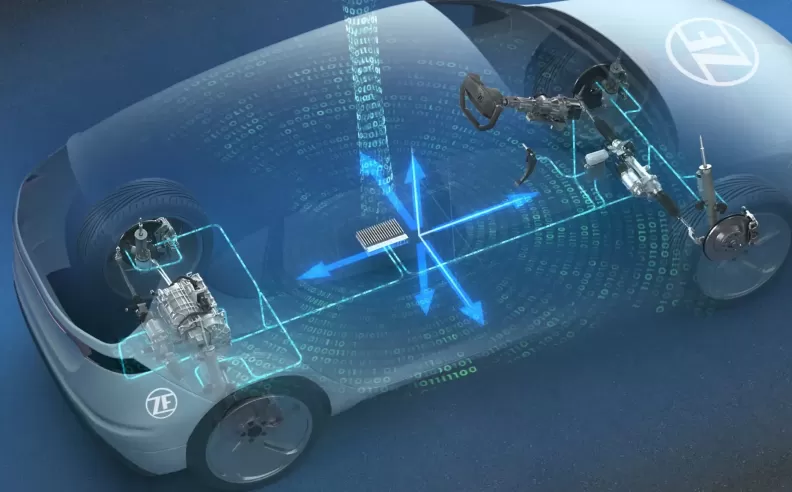
Domin’s breakthrough suspension debuted on the Aston Martin DBX707, a luxury SUV known for its power and agility. The traditional setup was replaced by independent electrohydraulic struts that monitor and respond to wheel motion in just two milliseconds. The result is a smooth, balanced ride with sharper handling and reduced pitch and roll, all without the weight and complexity of traditional hydraulics.
What sets Domin’s system apart is its self-contained design. Instead of relying on a central pressure source, each corner generates and controls its pressure. This allows the DBX707 to maintain ride height, manage damping, and absorb road imperfections with unmatched precision and efficiency. The improvement in ride quality and agility hints at what’s possible when software and mechanics are seamlessly integrated.
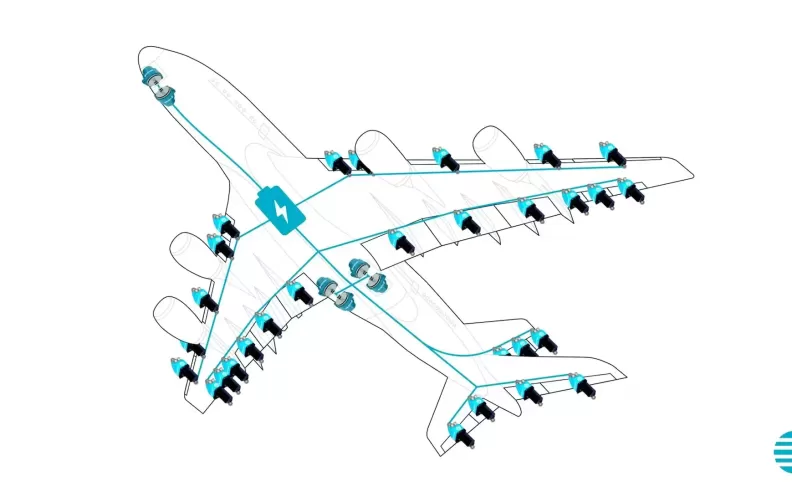
High-end sports cars like the Ferrari F80 and McLaren’s supercars rely on intricate hydraulic or semi-active systems to achieve world-class performance. However, these systems are heavy, complex, and energy-hungry. Domin’s suspension counters with a simpler yet more capable design, each unit acts independently, adjusting ride height and stiffness instantly based on road conditions, without needing surface scans or liquid cooling.
In benchmarks, Domin’s actuation speed outpaces Ferrari’s Multimatic dampers by a wide margin, and it operates with a fraction of the power. By simplifying components and focusing on precision control, Domin offers performance without compromise. This positions it as a real contender in the ultra-competitive realm of performance engineering.

While Domin has no intention of producing cars itself, its suspension tech is already on the path to commercialization. A major German OEM is currently testing B-sample units, and a yet-unnamed hypercar manufacturer is preparing to launch a vehicle with Domin’s system by 2028. This marks a major milestone for the company and a potential leap forward for the automotive world.
What makes this system truly future-ready is its flexibility. It can handle braking, steering, roll control, and even camber adjustment, all through software. OEMs may also offer dynamic ride modes as subscription features, changing the way drivers interact with their vehicles. If successful, Domin's system won’t just redefine performance, it could redefine how cars are designed, built, and experienced in the software-defined era.

Started my career in Automotive Journalism in 2015. Even though I'm a pharmacist, hanging around cars all the time has created a passion for the automotive industry since day 1.
